Let me alert everyone, if you are not already apprised, of the current and potentially worsening crisis facing the Panama Canal and in turn international shipping, trade and commerce.
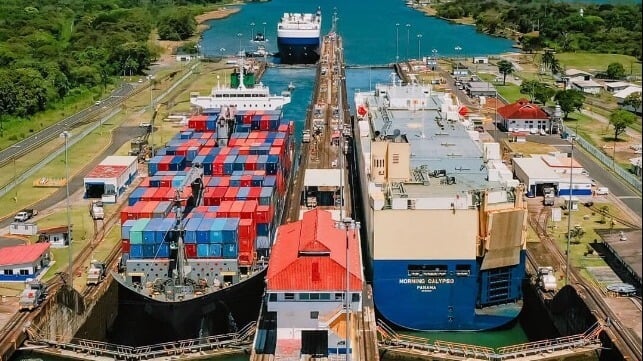
Instead of 36 ships making the crossing from one ocean to the other every day, currently there are only 18 ships making the crossing daily. This is a 50% reduction in capacity.
When you see this happening while consistent shipping in the Red Sea and Suez Canal has been disrupted by the Houthi attacks, you have a really serious worldwide shipping crisis.
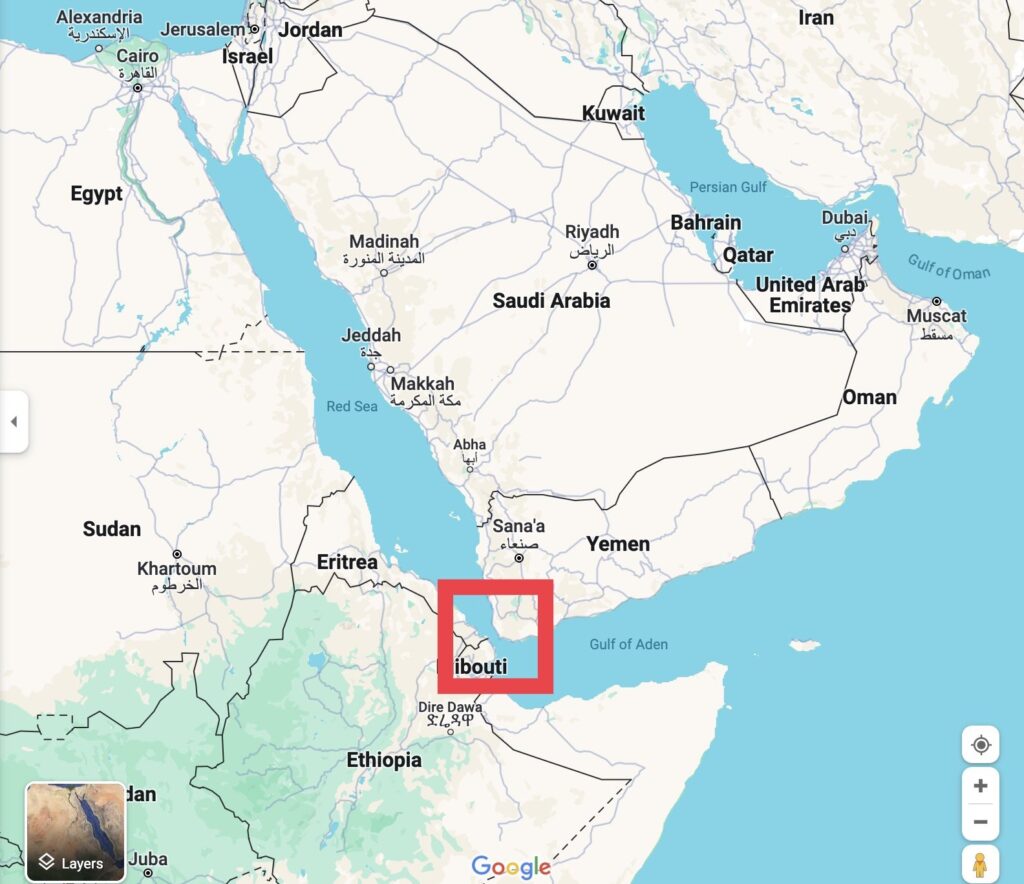
What, you may ask, is causing the crisis in the Panama Canal?
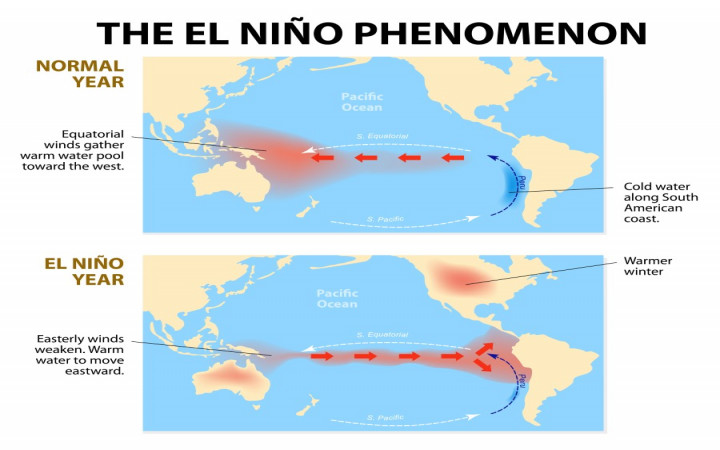
In short, the crisis stems from a lack of water – fresh water. The canal depends upon fresh water fed to it from its extensive watershed. The reality right now is that Panama is experiencing a drought because of El Nino, or some would say climate change.
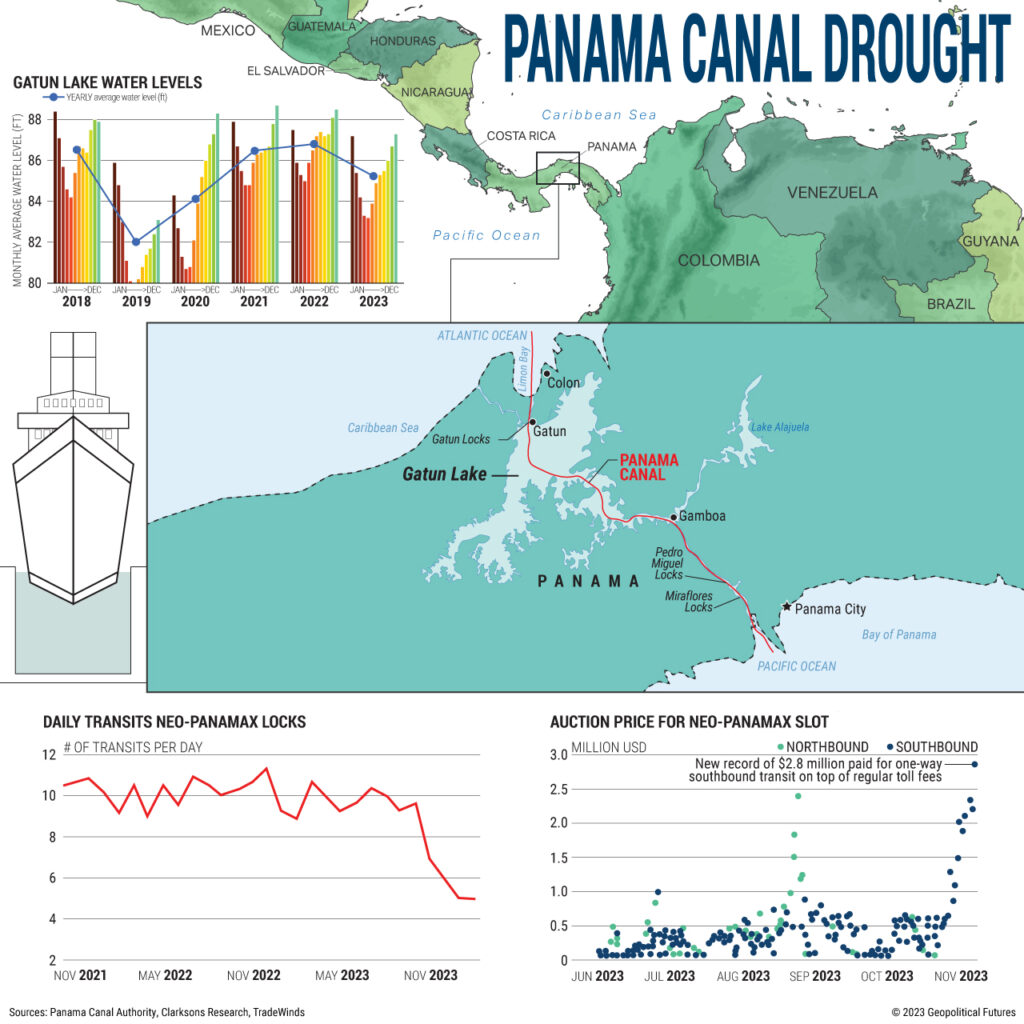
Historically it rains in Panama nine months every year, but lately it has been for only 5 or 6 months. This means that the watershed that feeds Gatun Lake, the man-made lake in the middle of the canal, which is just a little smaller than Lake Tahoe in the US, has not been supplying as much water as necessary to operate the canal at its usual pace of ushering 36 ships a day on an average through the canal. The canal operates entirely on gravity. There is not one single water pump along the entire 51-mile length of the canal.
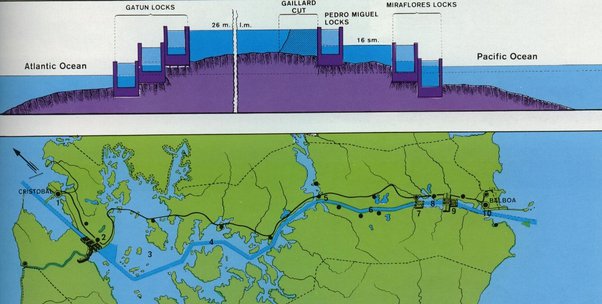
Water from Gatun Lake, 164 square miles, feeds the three steps of locks on the Caribbean side and the three steps of locks on the Pacific Ocean side. Gatun Lake sits 85’ above sea level, and the set of locks on each side allow ships to get to sea level. Every time the locks open either to the Atlantic Ocean or to the Pacific Ocean fresh water irretrievably escapes into the saltwater oceans. Each single crossing of a ship uses 52 million gallons of fresh water.
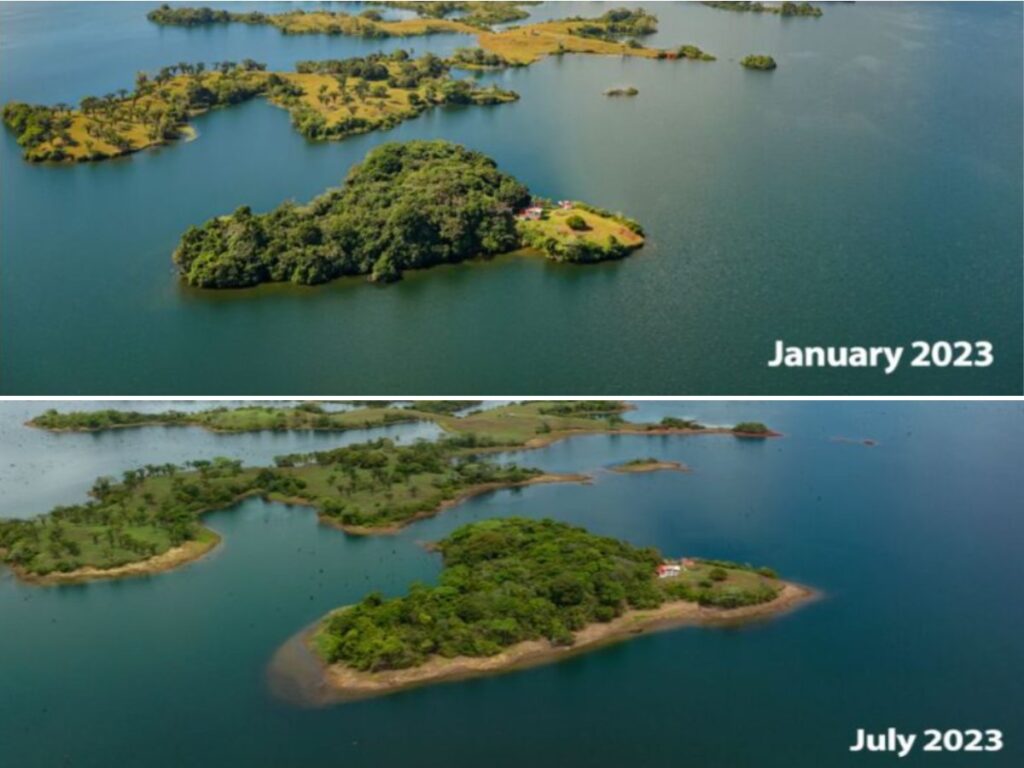
The water at certain places in the 51-mile-long canal is not deep enough currently for some of the larger and heavier ships which have a deeper draft.
The impact of this water shortage is immense.

The canal is a critical link between the Pacific and Atlantic Oceans, allowing ships to avoid the time-consuming, sometimes dangerous trip around Cape Horn at the southern tip of South America. Historically, almost 50% of the consumer goods trade between the eastern United States and Asia has gone through the canal.
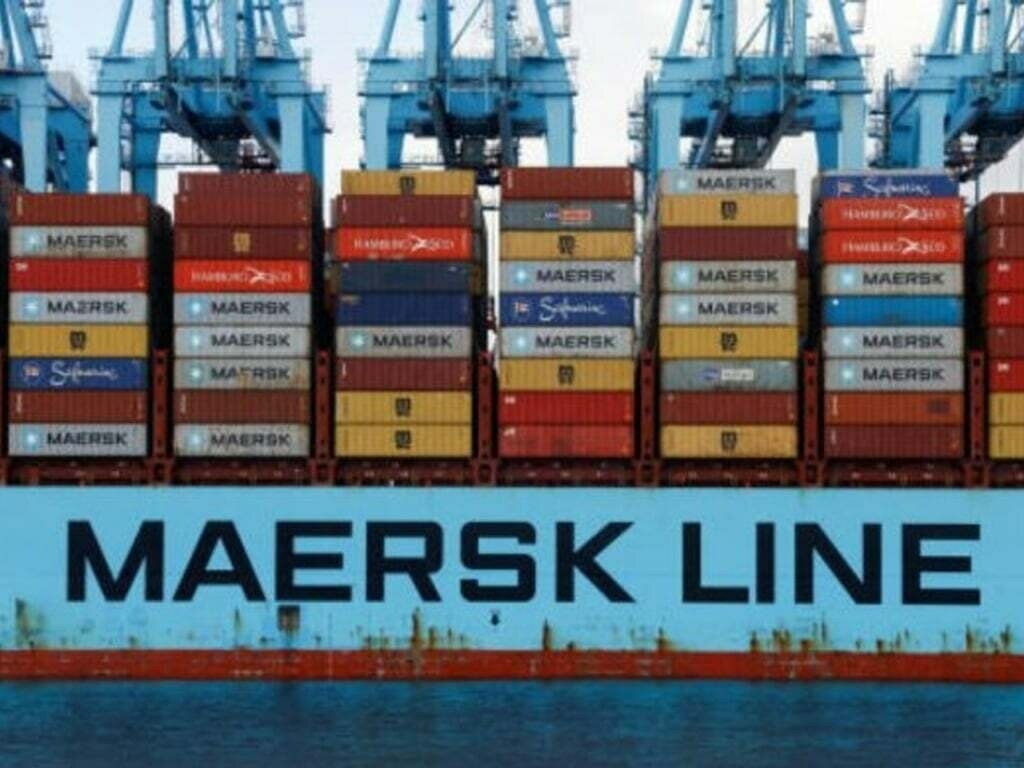
How the shipping companies respond remains to be seen. For example, Maersk, the largest or second largest container shipping company in the world with 696 ships, has announced that it will offload its containers at the ports on either end of the canal. It will then utilize the Panama Canal Railway, a privately operated concession, for the 37-mile trip to the canal port (either Colon on the Atlantic side or Balboa on the Pacific side) on the other ocean, where the containers will then be loaded on another Maersk vessel for the continuation of the trip.
What can be done to bring the Canal back to its normal capacity?
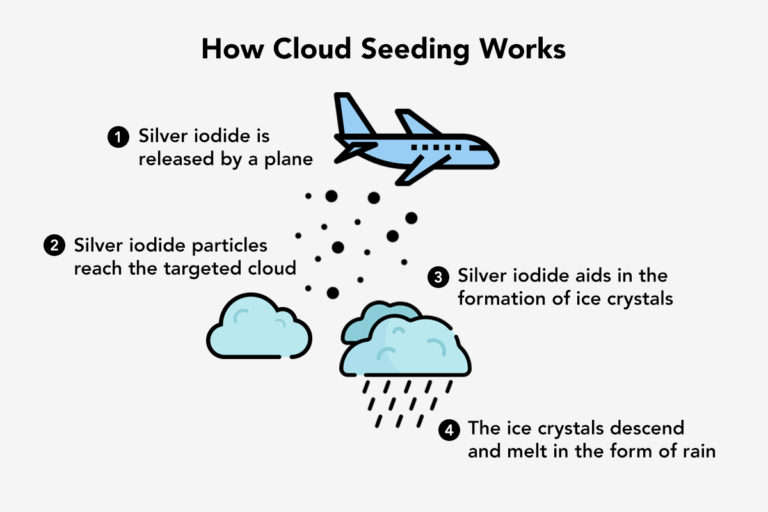
The Panama Canal Authority has not determined what strategy they want to take to deal with the problem. Ideas that have been advanced include praying for the end of El Nino and climate change, seeding clouds to get more rain, reforesting the canal watershed to increase the sponge effect of capturing more of the rain that does fall, building more water reservoirs in Panama and connecting them with tunnels to Gatun Lake, and finding ways to provide fresh water supply to the residents of Panama City from another source than Gatun Lake and thereby freeing up more water that can be used for vessel traffic.
None of these ideas are a short term fix. All will take significant time to implement. In the meantime, shipping disruption and uncertainty will be the norm, not the exception.
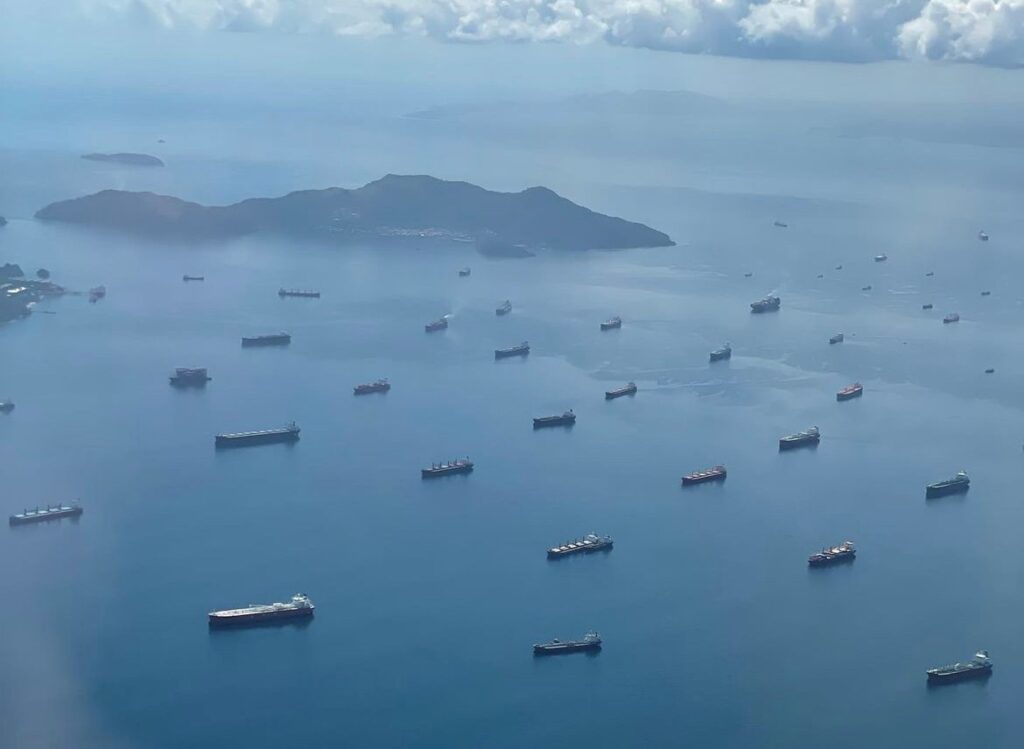
I read an article in today’s Washington Post that there was a water shortage crippling capacity in the Panama Canal and really wanted to know more, and here you are— but Yikes! Thanks for the clear explanation. Fascinating and alarming…
The planet is getting way too overpopulated and the demand on resources at all levels is unsustainable. everything is just a band-aide fix unless population growth is curtailed. No matter how many plastic straws are banned, carbon taxes imposed or whatever, fact is Earth cannot sustain and replenish itself with the exponential explosion of births. When the C-Anal was built there was barely 1 billion on the spaceship Earth, today we are nearly 8 times that amount!! that places a big demand for more and more products and services. We gotta taper off on the baby making folks! Every other fix has a knock on effect on something else.
Wow. Such an informative blog written so that it is very easy to understand.
Your quest for knowledge and sharing what you learn is very much appreciated.
Keep enjoying, exploring and sharing.